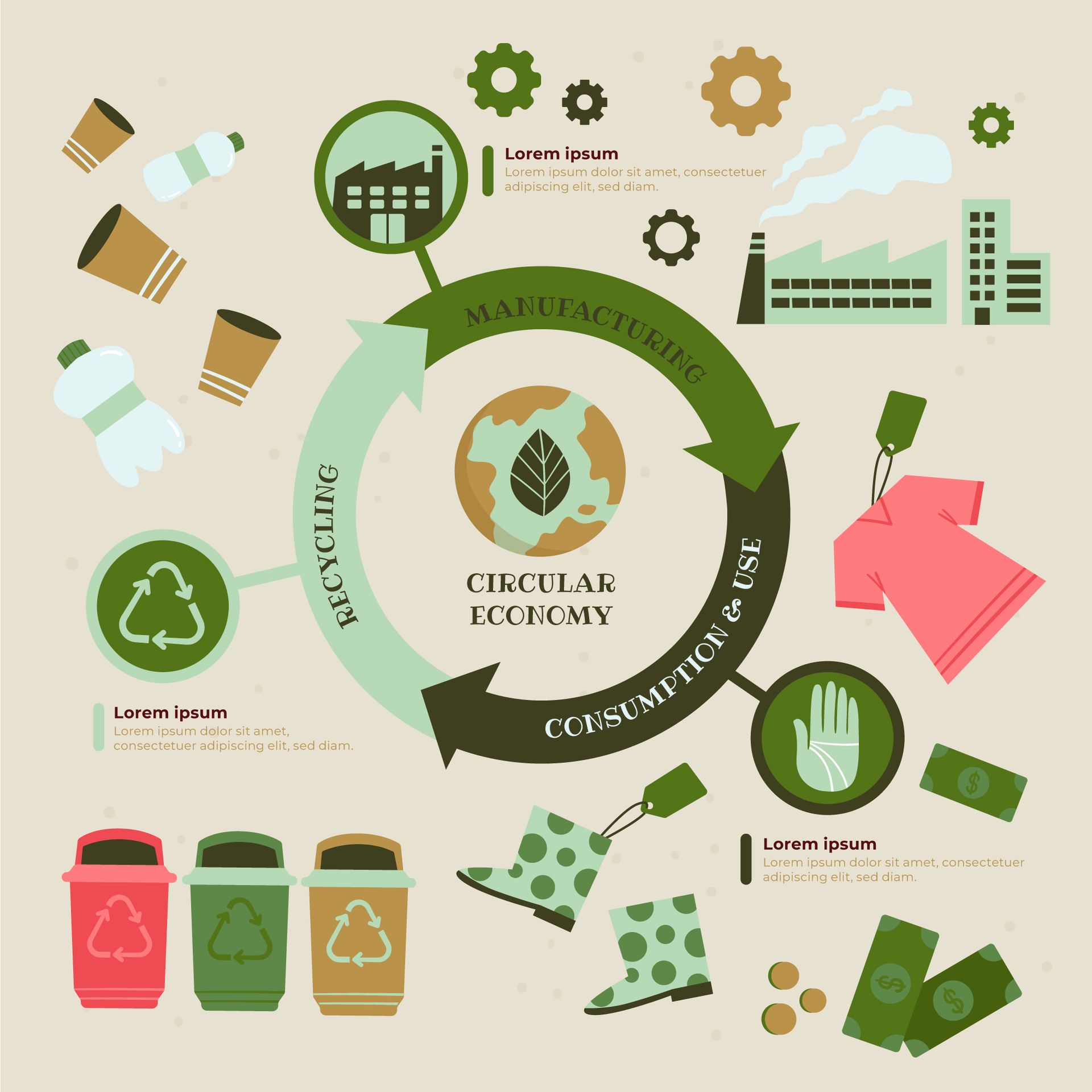In recent years, biodegradable materials have emerged as a critical solution in the fight against environmental degradation. As businesses and consumers alike turn towards more eco-friendly alternatives, understanding the science behind these materials is essential for informed decision-making. Stuti Exim, a leader in biodegradable tableware products, embraces this movement by offering products that are not only functional but also environmentally responsible.

What Are Biodegradable Materials?
Biodegradable materials are substances that can break down naturally through the action of microorganisms such as bacteria, fungi, and algae. These materials decompose into water, carbon dioxide, and biomass, leaving no harmful residue. The science behind biodegradability lies in the molecular structure of the material, which determines how quickly and efficiently it can be broken down.
Types of Biodegradable Materials
- Natural Polymers: These include materials such as starch, cellulose, and proteins. These substances are abundant in nature and are easily decomposed by microorganisms. Sugarcane pulp, used in Stuti Exim’s biodegradable tableware, is an example of a natural polymer derived from sugarcane bagasse.
- Synthetic Biodegradable Polymers: These are artificially produced materials that have been designed to break down under certain environmental conditions. Examples include polylactic acid (PLA) and polyhydroxyalkanoates (PHA).
How Do Biodegradable Materials Decompose?
The decomposition process involves several key steps:
- Microbial Action: Microorganisms in the environment feed on the biodegradable material, breaking down the molecular bonds in the substance.
- Hydrolysis: Water molecules help to further break down the chemical structure, converting the material into simpler components.
- Mineralization: The final stage involves the conversion of the material into its basic mineral form, such as water, carbon dioxide, and organic matter.
Environmental Impact of Biodegradable Products
Biodegradable materials offer several environmental benefits compared to traditional plastics:
- Reduction in Plastic Pollution: Traditional plastics take hundreds of years to decompose, leading to severe environmental pollution. Biodegradable products, on the other hand, break down within months or years, significantly reducing the amount of plastic waste in the environment.
- Lower Carbon Footprint: Manufacturing biodegradable materials often requires less energy and results in fewer greenhouse gas emissions, contributing to a lower carbon footprint.
- Sustainability: Many biodegradable materials, such as those used by Stuti Exim, are made from renewable resources like sugarcane pulp. This promotes sustainable practices by reducing dependence on fossil fuels and non-renewable resources.
Why Choose Stuti Exim’s Biodegradable Products?
Stuti Exim is committed to producing high-quality biodegradable tableware that not only supports sustainability but also maintains the functionality and durability required for everyday use. Our products, made from sugarcane pulp, are an excellent alternative to conventional plastic disposables. They are compostable, sturdy, and safe for both hot and cold foods, making them ideal for a wide range of events and settings.
Future of Biodegradable Materials
As research continues, new biodegradable materials are being developed with enhanced properties, such as improved strength, durability, and faster decomposition rates. Innovations like nanotechnology and bioengineering are playing a crucial role in pushing the boundaries of what biodegradable materials can achieve.
Conclusion
Understanding the science behind biodegradable materials is key to appreciating their role in reducing environmental impact. By choosing products from companies like Stuti Exim, you are contributing to a more sustainable future. Our biodegradable tableware products are not just eco-friendly but also a step towards a cleaner, greener planet.
